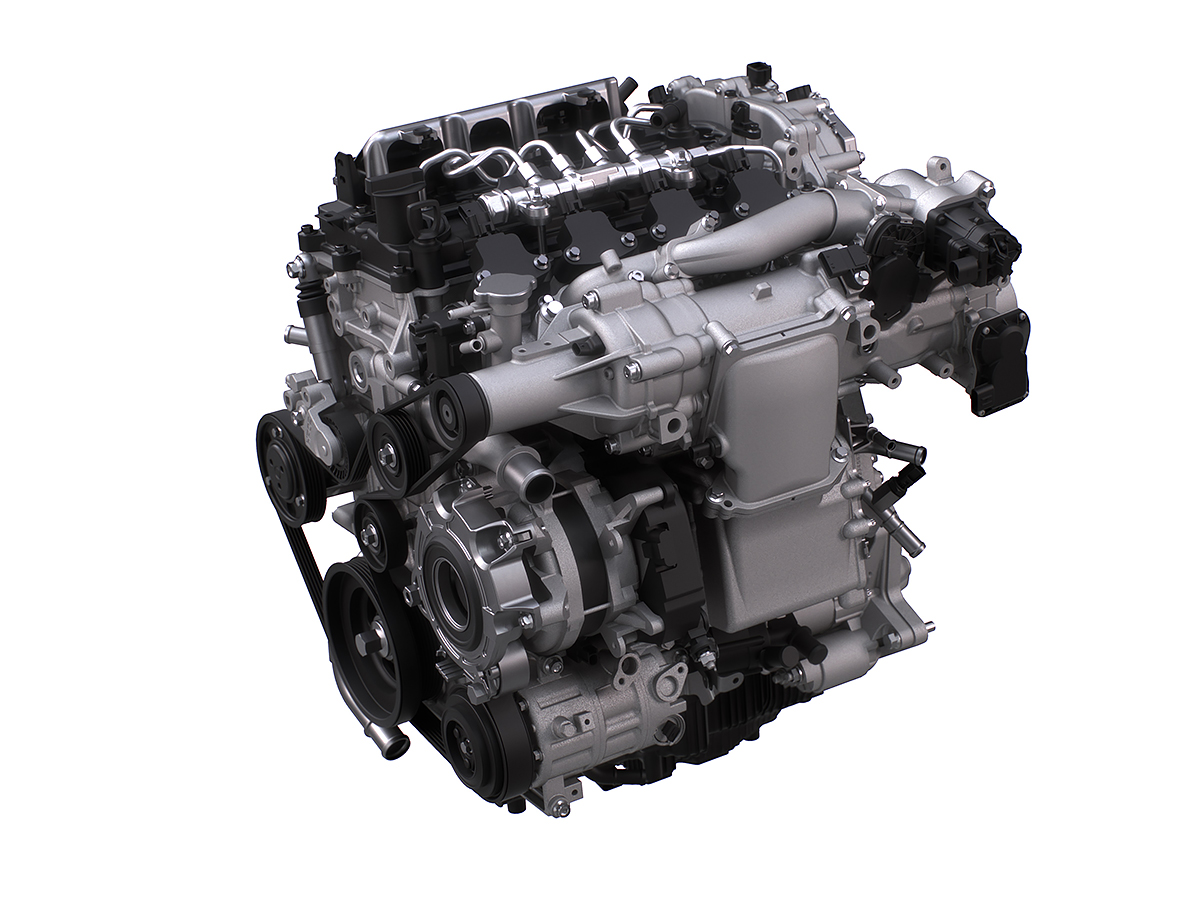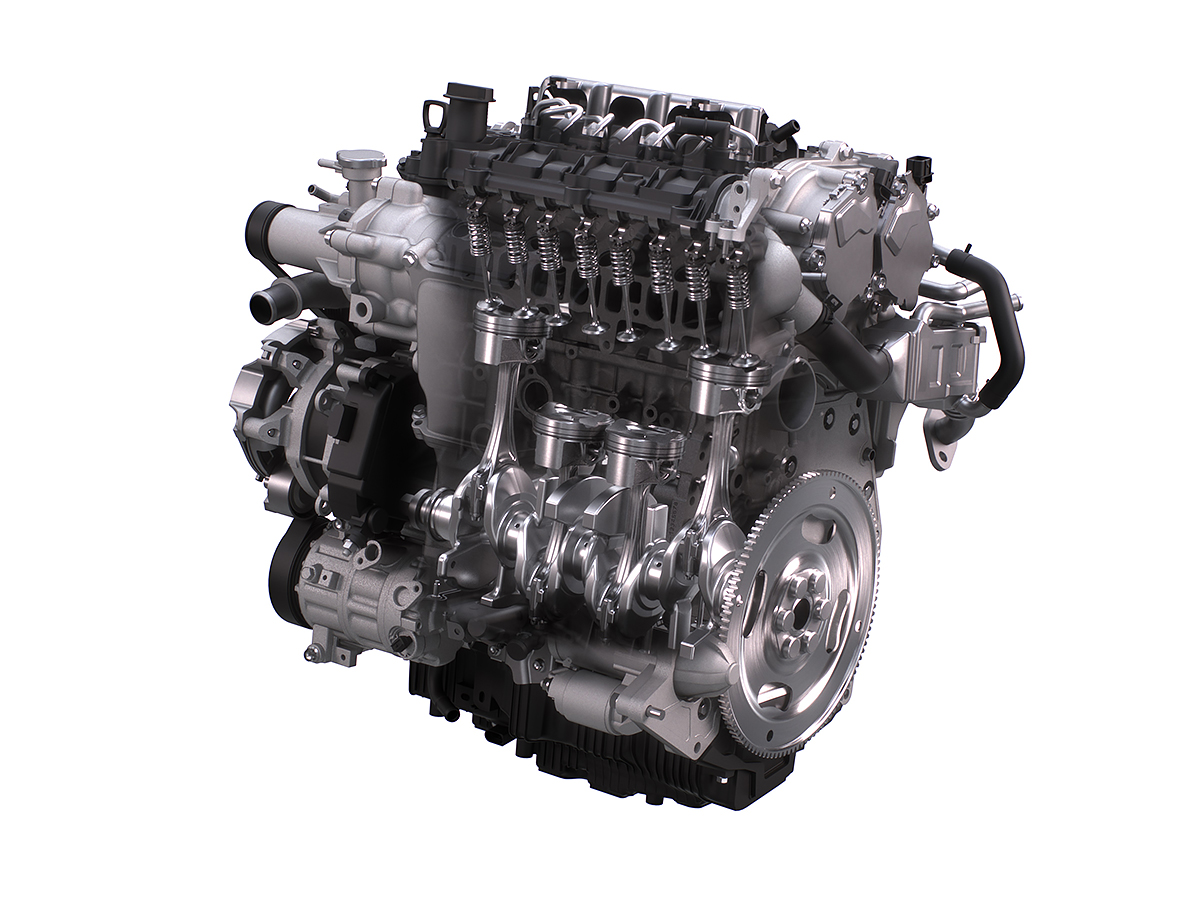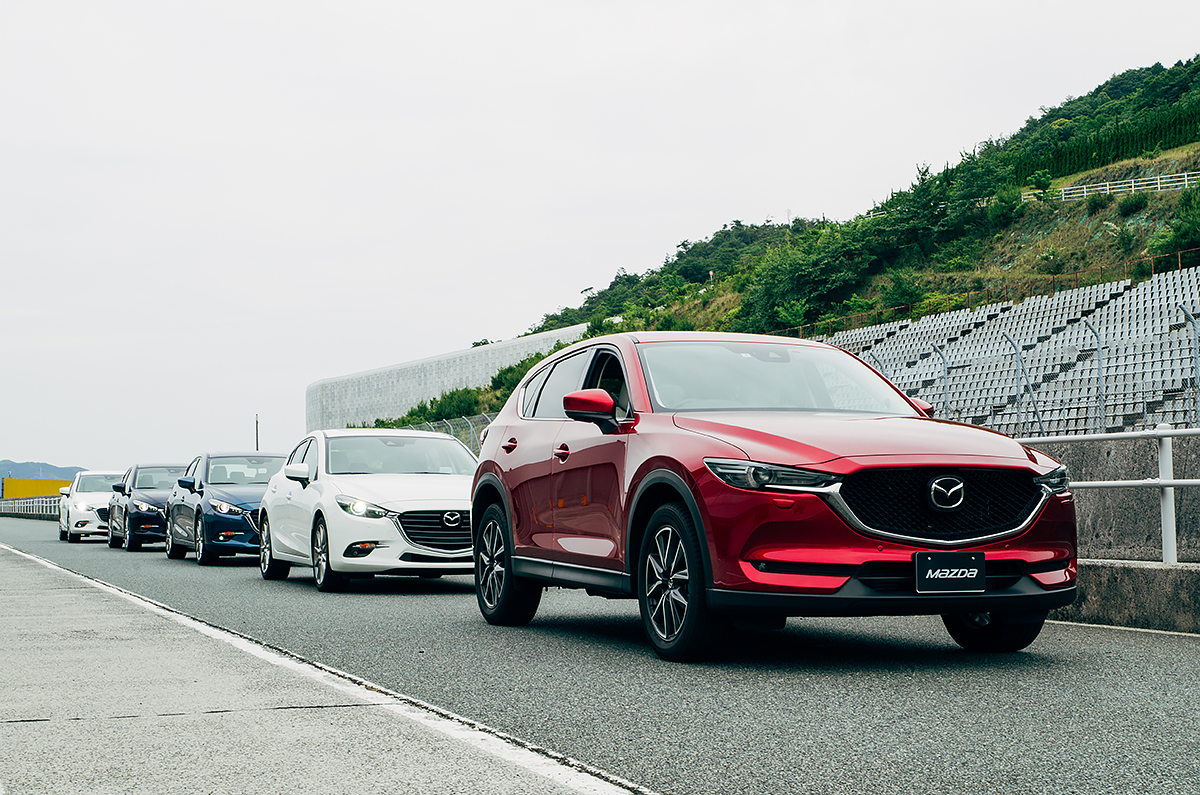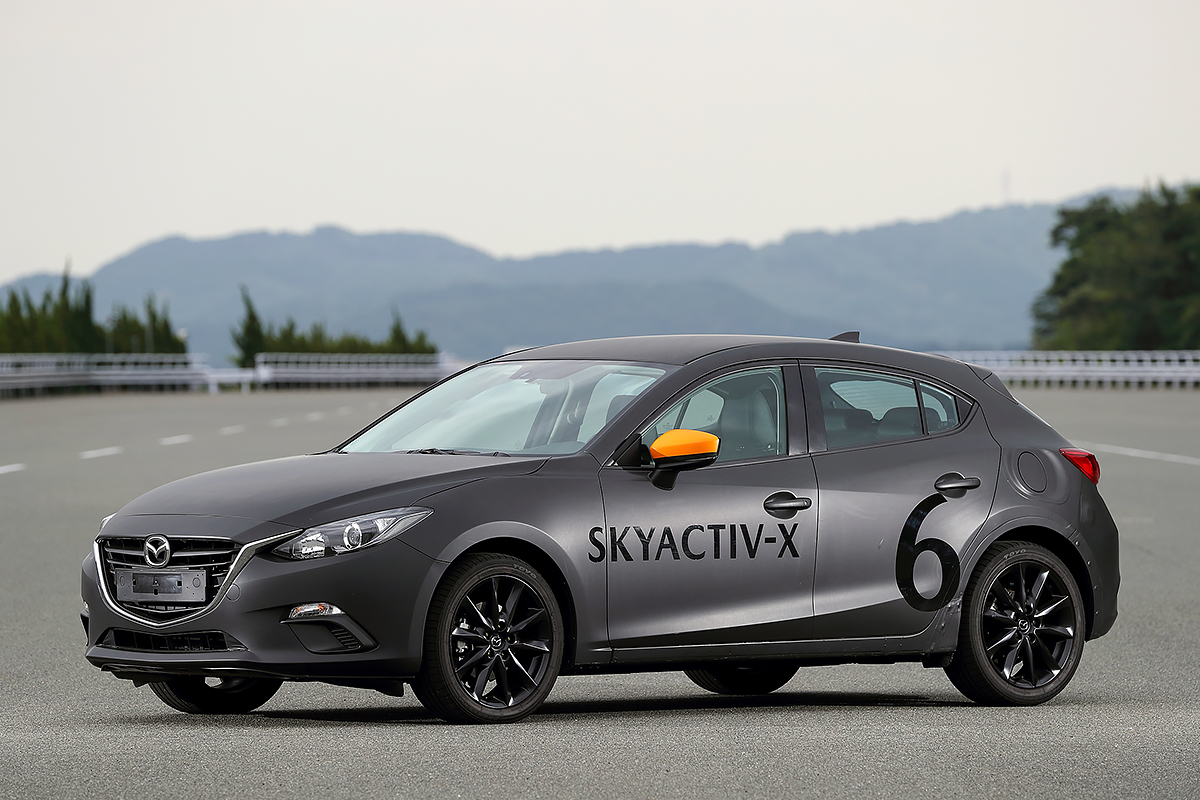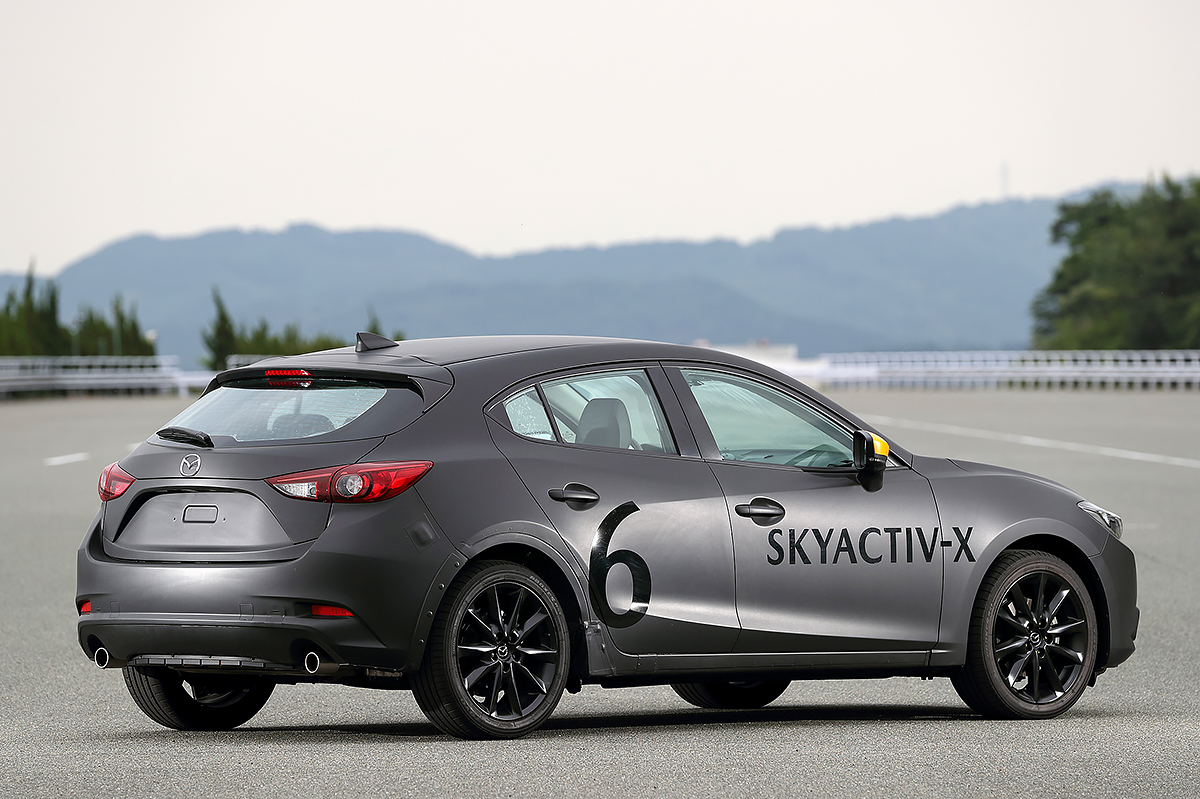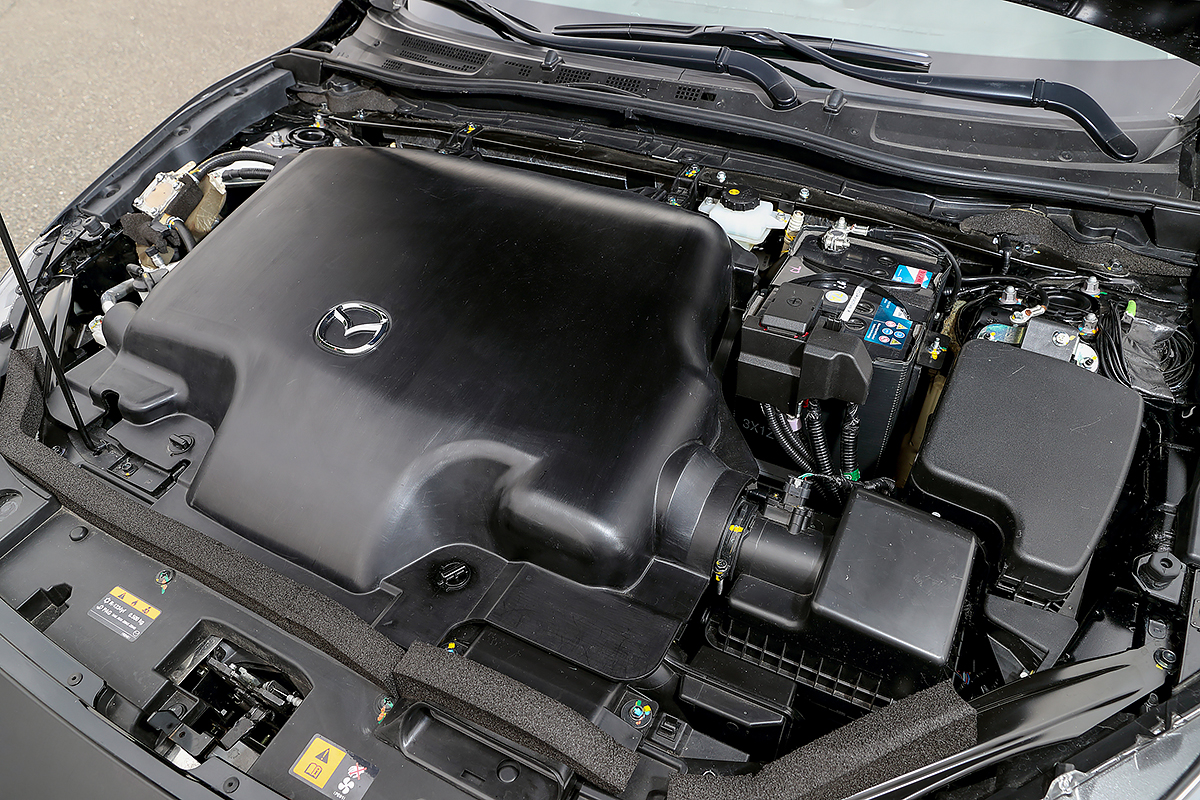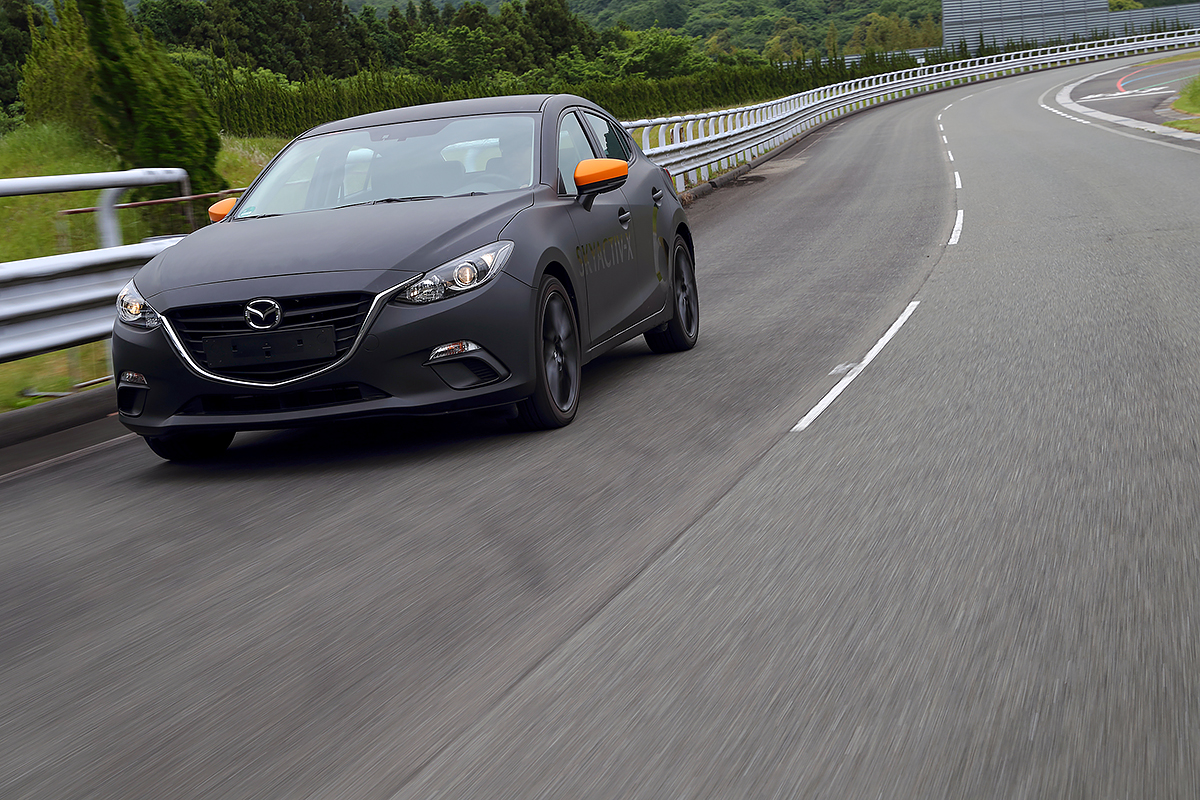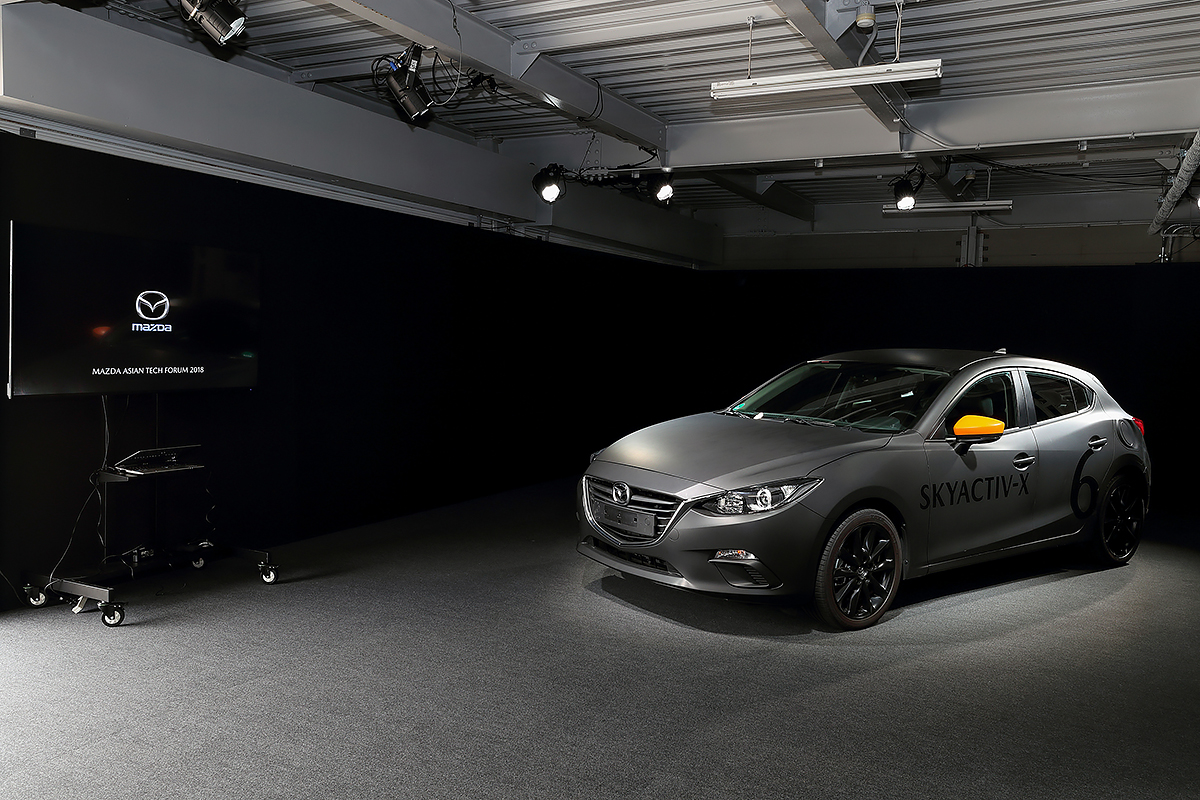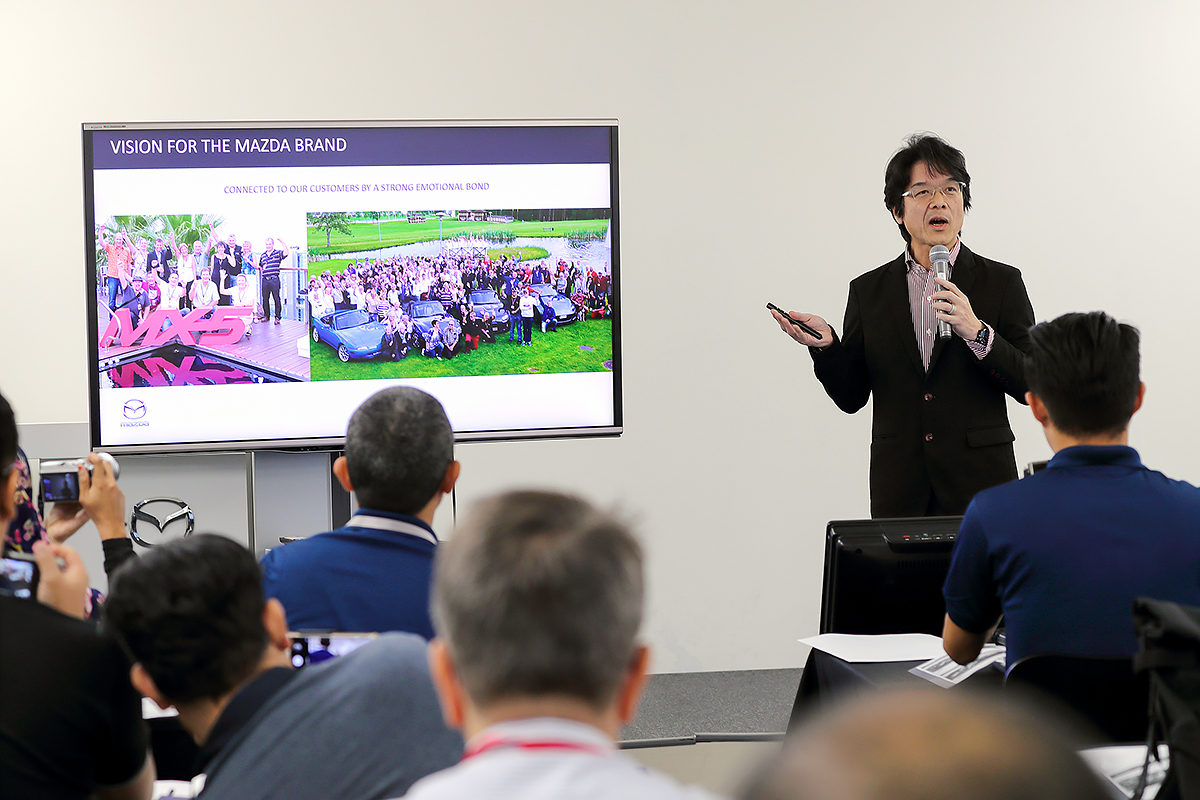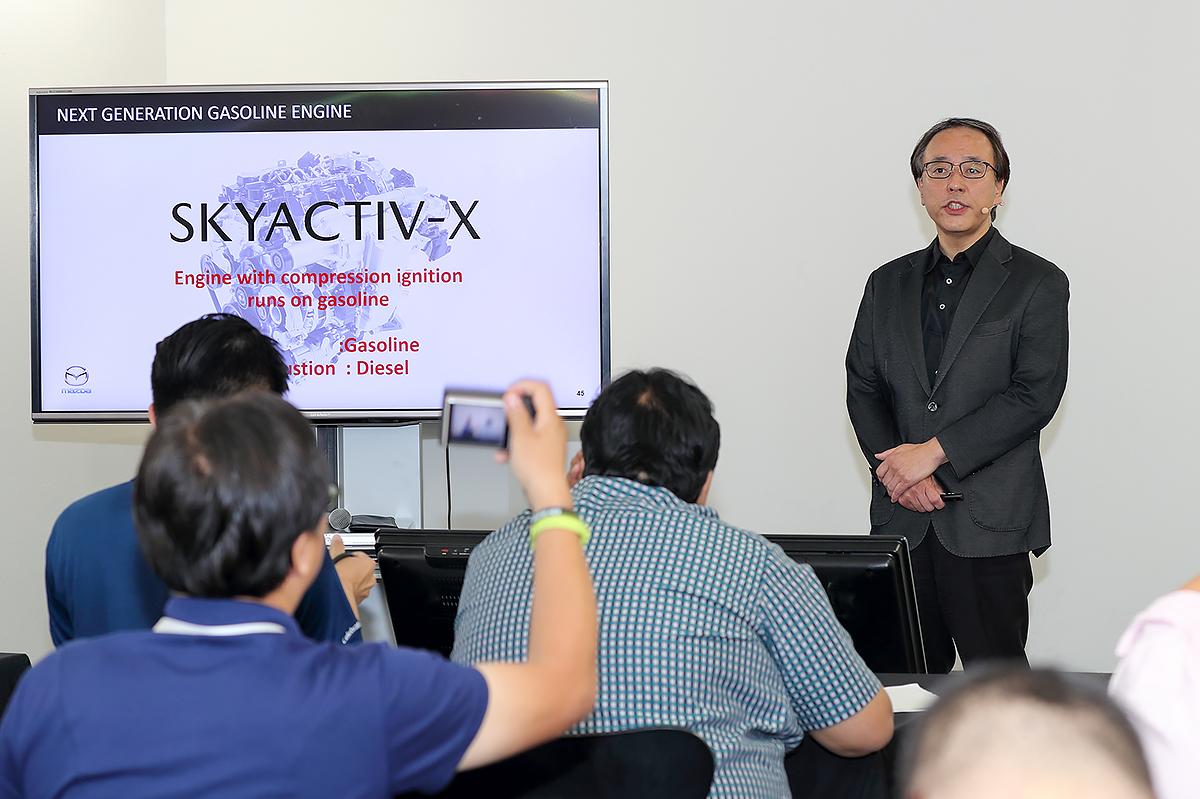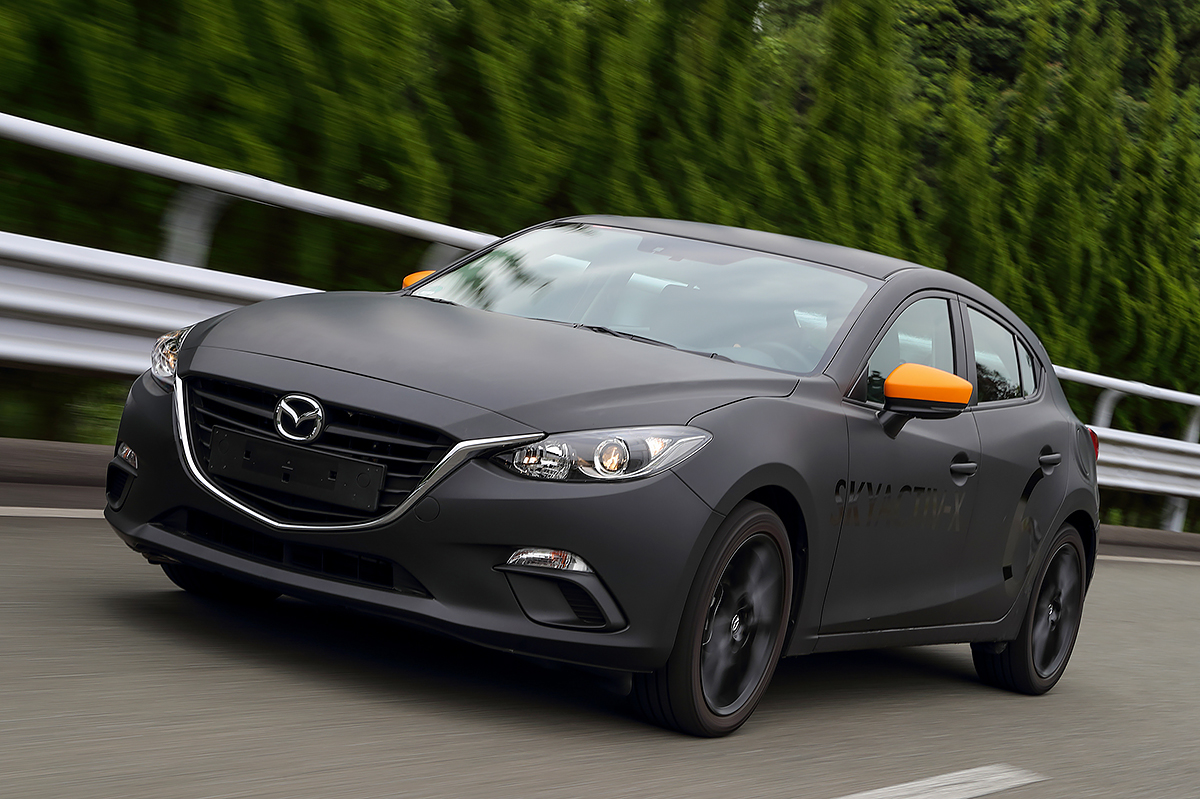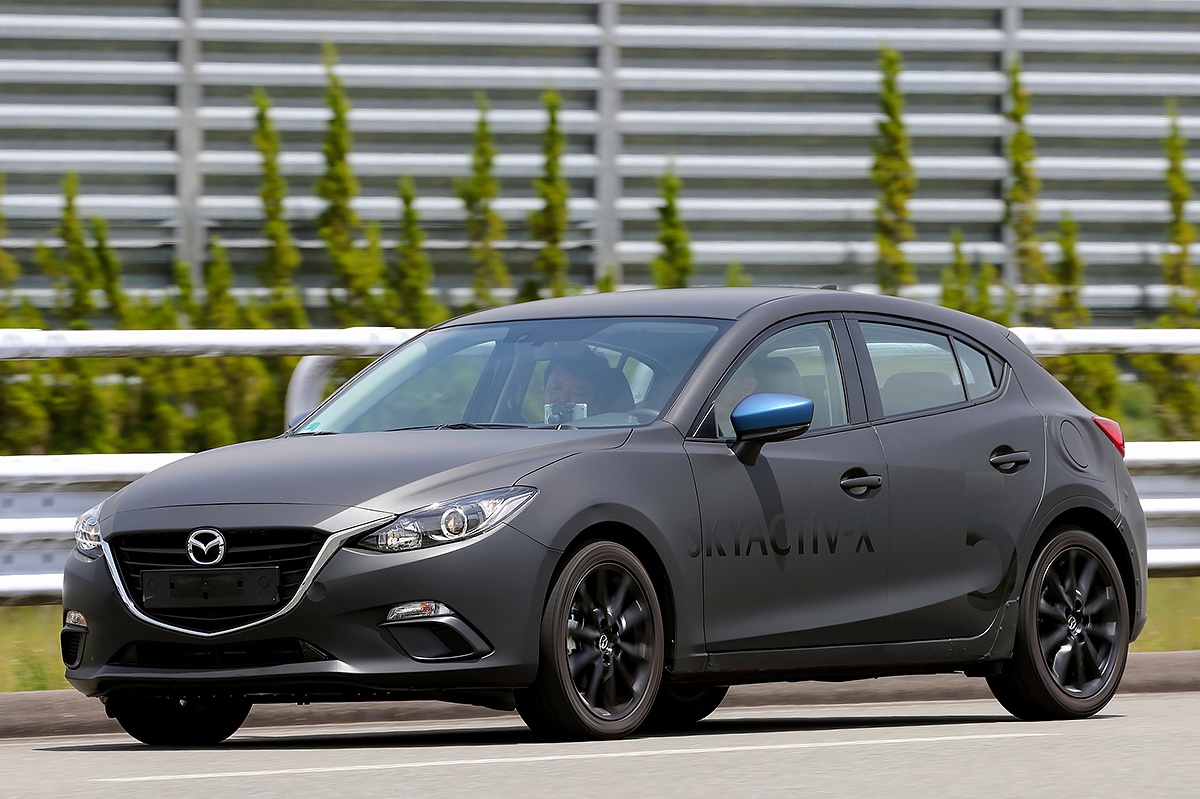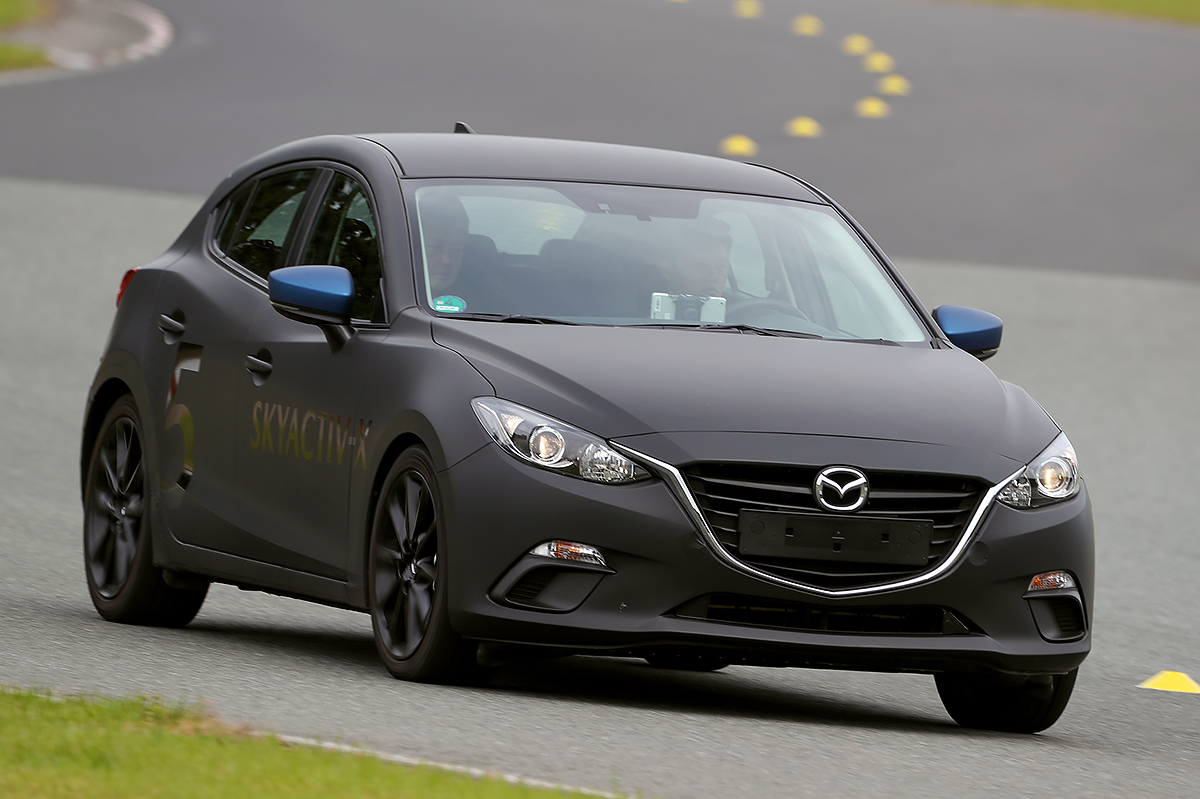Coming, Mazda’s X factor

Led by Tesla and other premium makes, the electric revolution, plugin hybrids included of course, suggests the West has exhausted all possibilities the traditional combustion engine has to offer. But the East, particularly where the sun rises, has a different set of ideologies, both cultural and technological.
It doesn’t take a scientist to identify the knack the Japanese have for over-engineering the simplest of things. A visit to Daiso, where you’ll find cookie cutters shaped like a banana and wet wipes made specifically for cats and dogs, shows you how thorough they can be. If they can think of 101 ways to reinvent something as primitive as a fork, they’re obviously not going to call it quits on a relatively modern invention capable of moving a few tonnes of metal.
Our focus here is on Mazda, whose SkyActiv engines are already breaking industry norms for resisting the natural progression to hybridisation and turbocharging better than most. Both are in the pipeline for the Hiroshima-based carmaker. That aside, the existing powertrains are already defying convention with SkyActiv-G boasting the highest compression ratio for a production gasoline engine while SkyActiv-D holds the record for the lowest-compression diesel motor in the world.
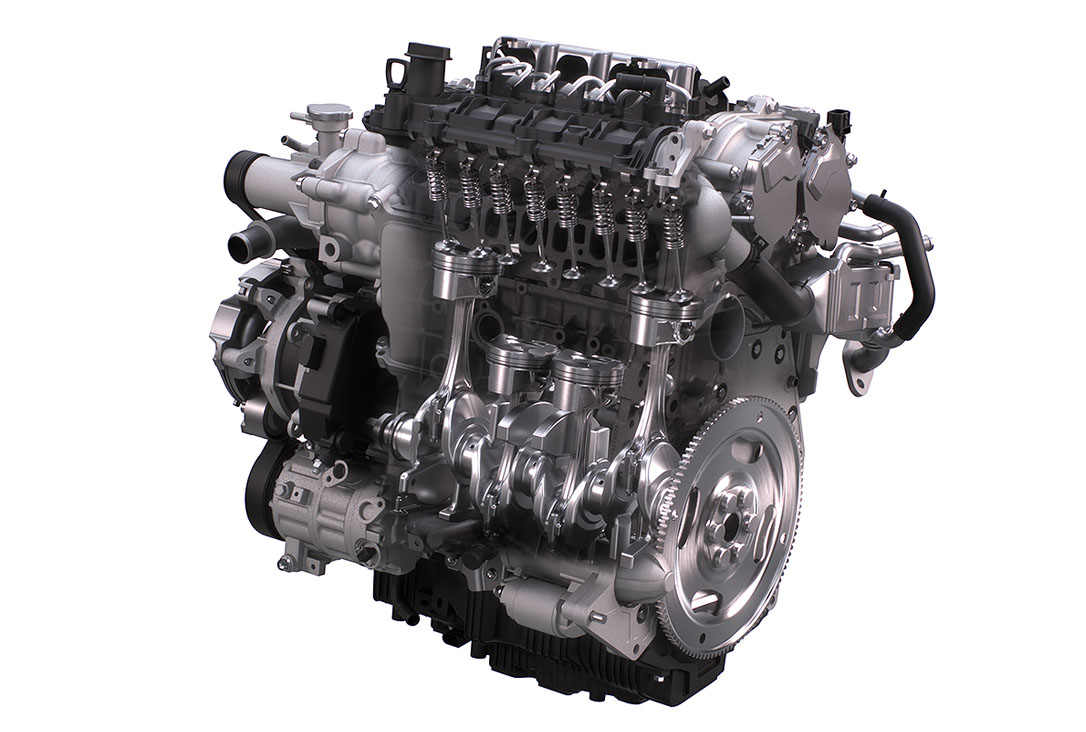
Note the emphasis on compression, which is key in the next phase of Mazda’s development of the good old internal combustion engine. And in its quest for a bounty most adversaries have stopped believing in, Mazda firmly believes that X marks the spot.
Enter SkyActiv-X, a petrol engine with the combustion characteristics of an oil burner. Instead of igniting fuel with the use of spark plugs like a conventional mill, SkyActiv-X adopts the diesel engine’s method of achieving combustion through compression. It runs on the basis of creating sufficient pressure and heat in the combustion chamber, which in turn allows a “super-lean” air-fuel mixture to ignite without a spark, enhancing the efficiency and responsiveness of the engine’s output.
In theory, Mazda has devised an engine that can run on petrol without the use of spark plugs. It would have been an industry first if it had been greenlit for production. But spark plugs are included nonetheless to regulate ignition timing for consistent performance in a wide operating range.
Mazda calls this dual-ignition system SPCCI, which is short for Spark Controlled Compression Ignition. We’ll spare you the confusion of additional acronyms. The end product matters more, and Mazda claims that a two-litre SkyActiv-X engine can give a 1.5-litre SkyActiv-D a run for its money in terms of fuel efficiency while delivering up to 30 percent more torque than an existing two-litre SkyActiv-G.
To put these claims to the test, TopGear Malaysia’s Chinese editor, Tai Choo Yee, visited the Mazda Proving Ground in Yamaguchi, Japan, to experience SkyActiv-X on a 3.3km test track. The two-litre prototypes were fitted to Mazda3 test mules, which featured improvements to their SkyActiv bodies, structure enhancing steel plates and shock absorbing panels included.
This technological throwback is also less clunky than the multi-links, so expect a slight improvement in cabin space in future Mazda models.
Slap on a new bodyshell – think Mazda’s jaw-dropping Kai Concept – and we’re basically looking at what could be the next generation Mazda3. In its prototype form, Tai noted that engine response has improved tremendously. Ample torque is accessible at low speeds. Despite being a near replica of a diesel engine in architecture, the new motor supposedly makes a pretty nice sound as well.
In ride and handling, Tai claimed to feel a lower centre of gravity from the driver’s seat despite the car’s height being left untouched. This can be attributed to Mazda’s switch from a multi-link suspension to a simpler torsion beam layout which offers a 14 percent increase in structural rigidity while improving camber stiffness by 40 percent. This technological throwback is also less clunky than the multi-links, so expect a slight improvement in cabin space in future Mazda models.
With time is still on Mazda’s side to further refine SkyActiv-X and the cars that it will propel, the Japanese carmaker’s future is shaping out to be one of engineering breakthroughs and driving nostalgia. Mazda’s commitment to the combustion engine and its Jinba-Ittai driving philosophy in the face of the industry’s rapid acceleration towards zero emissions makes it a brand to be celebrated by purists and enthusiasts the world over. Our glass is raised. Is yours?
